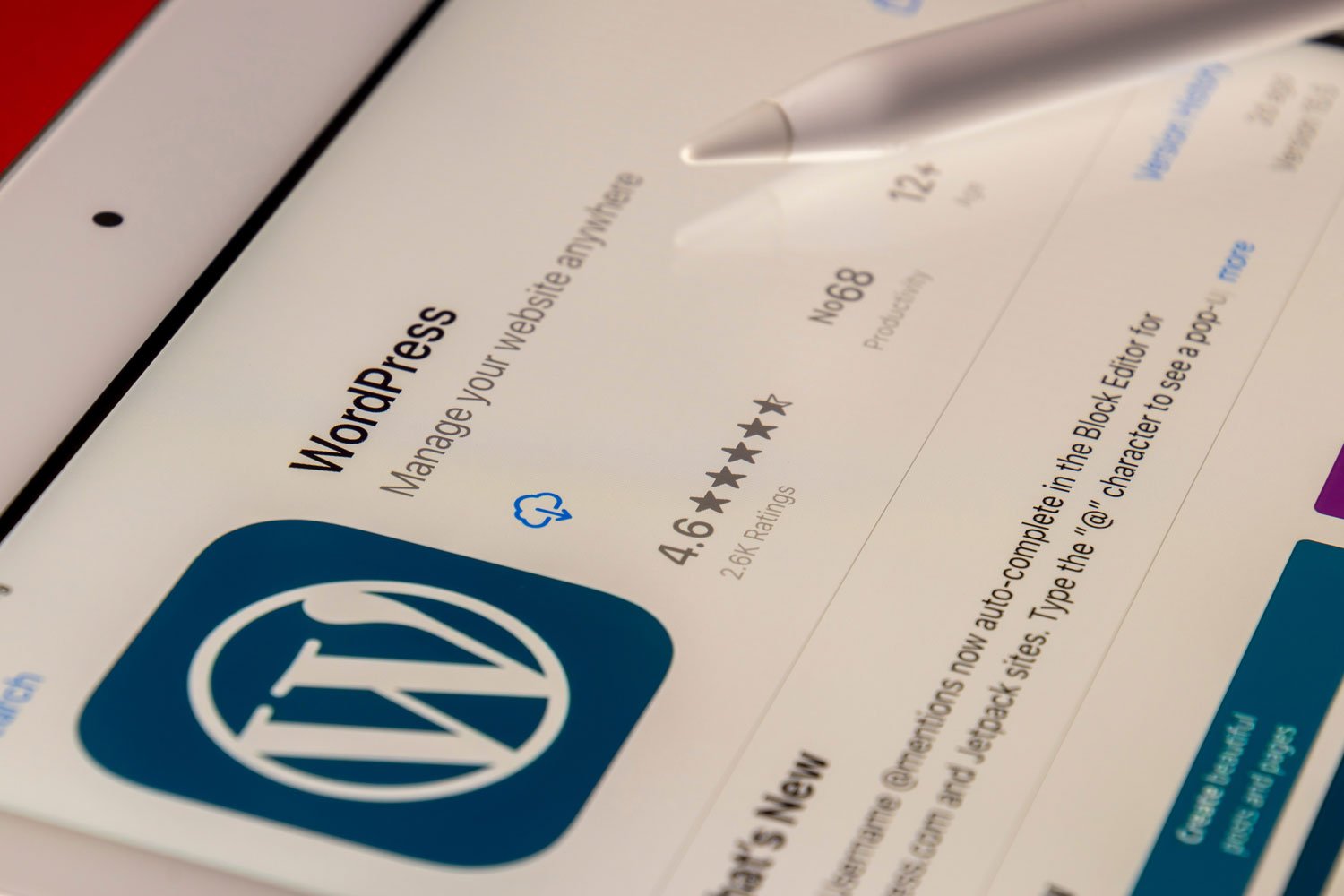WordPress is one of the most popular content management systems (CMS) in the world, powering over 40% of all websites. With such a large user base, it’s no surprise that WordPress sites are often targeted by hackers. In fact, WordPress is known for being a common target for attacks due to its popularity and open-source nature. To keep your WordPress site safe, it’s important to follow best practices for security. In this blog post, we’ll cover some of the best practices for WordPress security and protecting your website from hackers.
Keep WordPress and plugins up to date
One of the simplest and most effective ways to protect your WordPress site is to keep it up to date. This means regularly updating both WordPress and its plugins to the latest versions. These updates often include security patches that address vulnerabilities that could be exploited by hackers.
Use strong login credentials
A strong username and password combination is essential to protect your WordPress site. Avoid using easy-to-guess usernames and passwords, and instead use a combination of upper and lowercase letters, numbers, and symbols. It’s also important to change your password regularly.
Limit login attempts
By default, WordPress allows unlimited login attempts, which makes it easy for hackers to use brute-force attacks to gain access to your site. To prevent this, you can use a plugin that limits the number of login attempts or even blocks IP addresses after a certain number of failed attempts.
Install a security plugin
A security plugin can help protect your WordPress site from attacks by detecting and blocking malicious traffic. There are several security plugins available for WordPress, and they can help you monitor your site, scan for vulnerabilities, and protect your site from attacks.
Use HTTPS
HTTPS is an encryption protocol that secures data transmitted between your site and your visitors’ browsers. It’s essential for protecting sensitive information like passwords and payment details. To enable HTTPS, you’ll need to purchase an SSL certificate and install it on your site.
Disable file editing
By default, WordPress allows users to edit theme and plugin files from the dashboard. While this can be convenient, it can also be a security risk. If a hacker gains access to your dashboard, they could use the file editor to inject malicious code. To prevent this, you can disable file editing by adding a line of code to your wp-config.php file.
Regularly backup your site
Backing up your site regularly is important in case of a security breach or other unforeseen circumstances. This way, if your site is hacked or goes down, you can quickly restore it from a backup. Many hosting providers offer automatic backups, or you can use a plugin to create your own backups.
In conclusion, following these best practices for WordPress security can help protect your website from hackers and keep your data and your visitors’ data safe. Keeping WordPress and plugins up to date, using strong login credentials, limiting login attempts, installing a security plugin, using HTTPS, disabling file editing, and regularly backing up your site are all essential for maintaining a secure WordPress website. By taking these steps, you can ensure that your WordPress site stays secure and protected from attacks.



